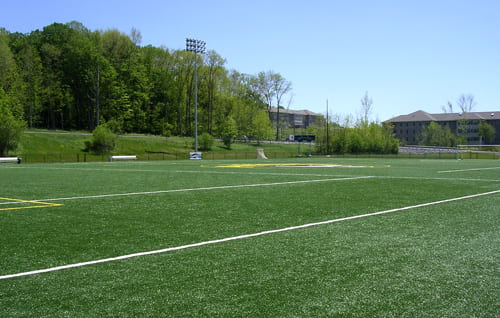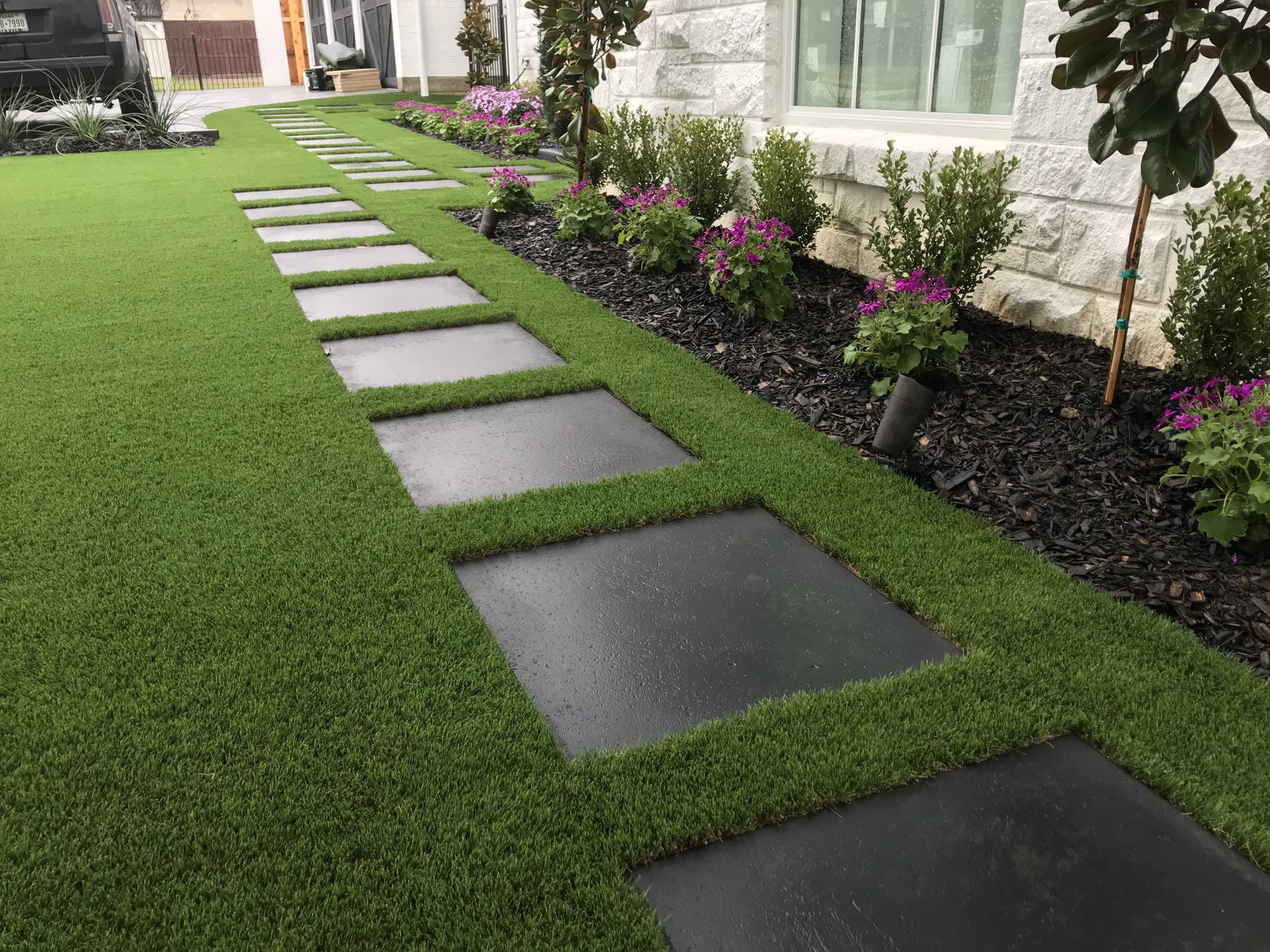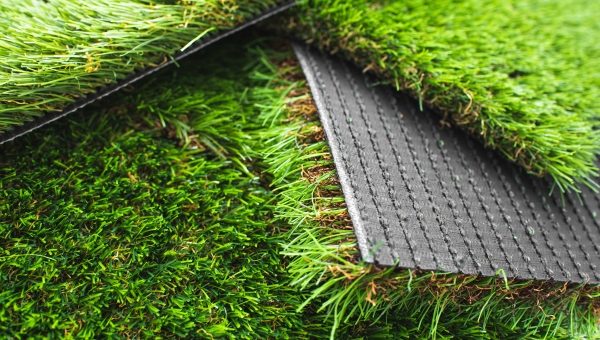Best Phoenix Turf Companies Providing Superior Synthetic Grass Solutions
Best Phoenix Turf Companies Providing Superior Synthetic Grass Solutions
Blog Article
Explore the Environmental Benefits of Opting for Artificial Turf Solutions
The adoption of fabricated lawn solutions provides a compelling chance to resolve pushing ecological challenges. By substantially decreasing water use and minimizing the application of unsafe chemicals, these options not just advertise lasting landscaping yet also secure local environments.
Water Conservation Perks
One of the most substantial benefits of synthetic grass is its capability to save water. In contrast, fabricated grass does not need watering, substantially lowering the overall need for water resources.
By getting rid of the requirement for routine watering, synthetic grass adds to lasting landscape practices and helps minimize the ecological influence of excessive water intake. In addition, the conservation of water includes the decrease of drainage, which can lead to dirt disintegration and waterway contamination.
In addition, the installation of fabricated lawn enables districts and home owners to designate water sources a lot more successfully, concentrating on vital usages such as drinking water and farming. The change in the direction of synthetic turf not only promotes liable water usage but likewise aligns with wider environmental goals focused on protecting natural deposits.
As areas progressively focus on sustainability, the water preservation benefits of synthetic grass provide a compelling situation for its adoption in business and residential landscaping jobs.
Minimized Chemical Usage
The transition to synthetic turf substantially decreases the dependence on chemical therapies typically used in all-natural grass upkeep. Standard grass monitoring usually entails the application of plant foods, chemicals, and herbicides to promote growth and control parasites. These chemicals can position threats to human health and wellness, neighborhood wild animals, and the environment, adding to soil and water contamination.
On the other hand, synthetic grass gets rid of the requirement for these dangerous substances. When mounted, it needs marginal upkeep, mostly containing normal cleansing and occasional infill replenishment. This reduction in chemical use not only profits the instant setting however additionally contributes to more comprehensive environmental stability. By reducing the release of artificial substances right into the community, fabricated turf advertises much healthier soil and water systems.
Furthermore, the absence of chemical runoff associated with synthetic grass installments assists shield local rivers from air pollution, supporting marine life and keeping biodiversity. Arizona turf. As neighborhoods significantly focus on lasting methods, selecting fabricated lawn provides a feasible solution that lines up with environmental preservation goals. With this shift, homeowner can take pleasure in rich eco-friendly rooms without compromising ecological health, leading the way for an extra lasting future
Lower Carbon Footprint

In addition, the setup of fabricated lawn can cause significant water preservation. Natural yards call for considerable amounts of water for irrigation, which not only contributes to the carbon impact related to water removal and therapy but additionally strains regional water resources. In comparison, synthetic grass needs marginal maintenance, requiring no watering, therefore substantially minimizing water use and its linked power expenses.
In addition, the durability of man-made lawn adds to its decreased carbon influence. With a life expectancy of up to 15 years or even more, the requirement for constant replacements is lessened, leading to less waste and reduced power intake in production and dealing with traditional grass alternatives. Overall, synthetic grass presents a lasting option for environmentally aware landscape design.
Environment Preservation
Habitat conservation is an essential factor to consider in the argument over landscape design choices, especially when comparing synthetic grass to all-natural turf. Natural grass yards typically require substantial maintenance, consisting of making use of pesticides, plant reference foods, and herbicides, which can adversely affect local ecosystems. These chemicals can leach into the dirt and rivers, damaging native vegetation and fauna and interfering with neighborhood environments.
Artificial lawn gets rid of the requirement for hazardous chemicals, thereby shielding nearby wildlife and maintaining the integrity of surrounding communities. The installation of man-made turf can lead to the conversion of previous lawn locations right into more biodiverse landscapes, such as pollinator yards or native plant areas, which can sustain regional wild animals.
Inevitably, the transition to synthetic grass not just conserves water and lowers maintenance efforts however likewise promotes a much more harmonious partnership between human activities and the native environment, advertising habitat conservation at the same time.
Long-Term Sustainability
Long-term sustainability is a critical element in evaluating the advantages of synthetic grass over standard yard yards. Among one of the most considerable benefits of synthetic grass is its resilience; it can last up to 15-20 years with marginal upkeep, whereas natural lawn calls for frequent reseeding and replacement. This longevity lowers the demand for continuous resources, such as water, fertilizers, and chemicals, which are vital for maintaining a healthy turf yard.
Furthermore, artificial lawn adds to a decrease in carbon emissions connected with grass care equipment. Typical yards frequently call for gas-powered lawn mowers, trimmers, and blowers, all of which add to air contamination. Artificial turf companies phoenix. In comparison, synthetic grass eliminates the demand for such devices, promoting a cleaner atmosphere
Furthermore, the production of synthetic grass significantly uses recycled products, improving its sustainability account. As suppliers embrace eco-friendly practices, the environmental footprint of synthetic grass proceeds to decrease.

Final Thought
The adoption of man-made grass options offers substantial ecological advantages, consisting of considerable water conservation, lowered reliance on unsafe chemicals, and a reduced carbon impact. Furthermore, synthetic grass help in maintaining natural habitats by lessening land disturbance and advertising lasting sustainability through using sturdy materials. Jointly, these aspects emphasize the capacity of synthetic grass to contribute favorably to environmental health and offer a viable option to traditional landscape my latest blog post design methods in an increasingly recommended you read resource-conscious globe.
In comparison, artificial turf does not need watering, substantially minimizing the general need for water resources. By reducing the release of artificial compounds right into the ecosystem, synthetic grass advertises healthier soil and water systems.
Additionally, the setup of fabricated grass can result in significant water preservation. In contrast, man-made grass requires minimal maintenance, calling for no watering, thus dramatically lowering water usage and its connected energy costs.

Report this page